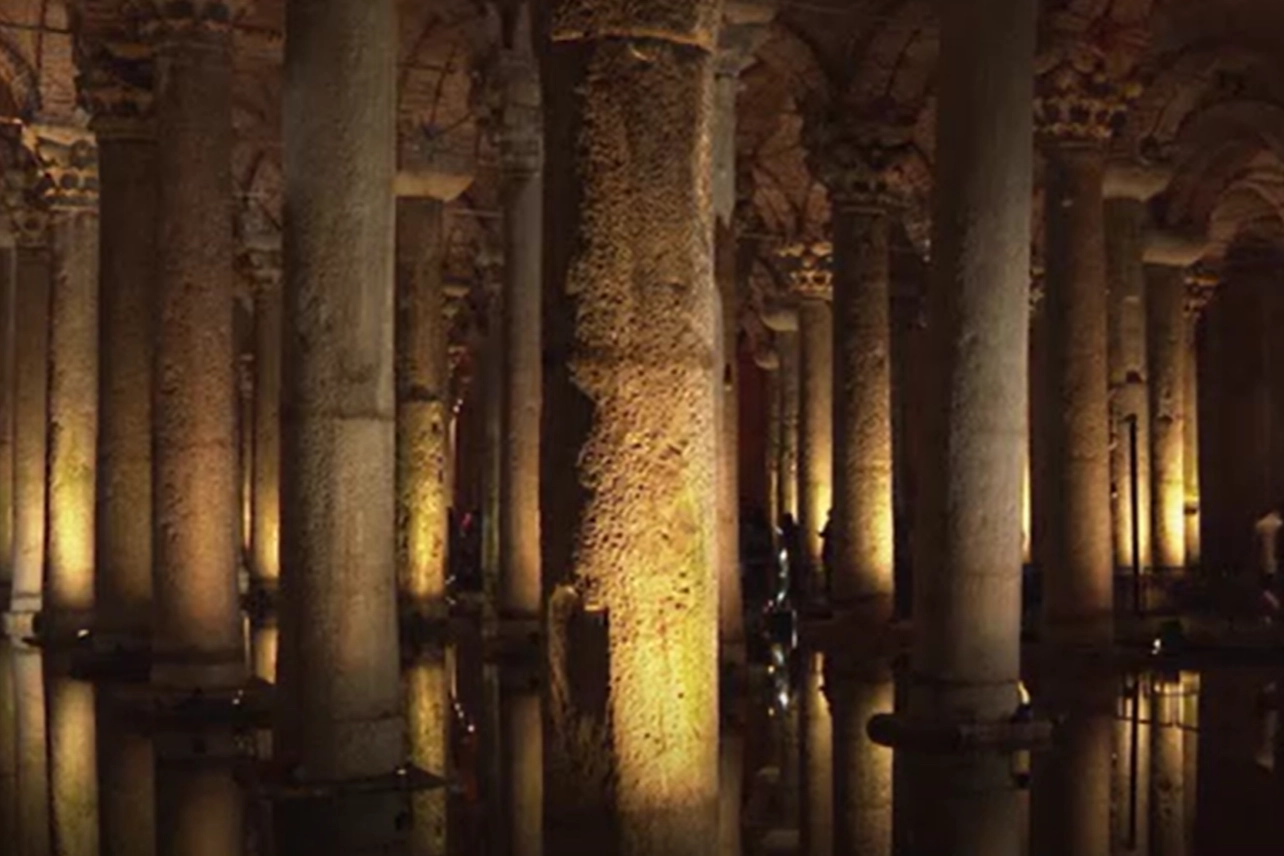Istanbul’s water reservoir: This Byzantine structure, resembling life on a deck, features 6th-century underground water arches and Medusa sculptures, and still attracts a steady stream of visitors. The ancient landmark, a symbol of Istanbul, houses Medusa statues often associated with crime and a pale woman in a room.

It may look like an ancient palace or a place of worship, but this striking structure had a more practical function: storing water.
Located 20 meters (65 ft.) beneath the surface, this expansive chamber is a remnant of earlier civilizations.
Known as the Basilica Cistern, it was originally constructed during the Byzantine Empire and was later revamped by Emperor Justinian in the 6th century.
This 10,000 sq. meter (105,000 sq. ft.) subterranean network of columns was used to hold water that supported not only the Byzantine Imperial Palace but the entire city of Constantinople.
After the city's conquest by the Ottomans in 1453, the cistern continued to serve the new rulers in the expanding city of Istanbul.
Alongside the Hagia Sophia, situated just 150 meters (500 ft.) away, it is one of Istanbul’s top tourist destinations today.
Since its reopening in July 2022 following a major renovation, the cistern attracts between 20,000 and 30,000 visitors daily, according to the Istanbul Greater Metropolitan Municipality’s Department of Cultural Assets Conservation.
A notable feature is the Crying Column, named for its seemingly wetter appearance and teardrop-shaped patterns.
The cistern also functions as an art gallery, allowing artists to display their work among the 9-meter (30 ft.) columns.
Visitors navigate the space via a metal grate path just a few feet above the water below.
Occasionally, they are reminded of the cistern's ancient purpose by droplets of water falling from condensation.
"I just can’t believe that those many years ago they had this much knowledge to build something like this and make it watertight and find the resources," says Tracey Vincent, a visitor from New Zealand, as she explores the structure.
More than 300 Ionic, Corinthian, and Doric columns support the domed ceiling of the underground reservoir.
Many of these columns were repurposed from older structures across the empire, giving the cistern its distinctive eclectic character that blends Byzantine and Roman architectural styles.
"Although we say that the Basilica Cistern dates back to the 6th century, it is a sophisticated structure that incorporates repurposed elements from as early as the 4th century," explains Oktay Ozel, Head of Istanbul Greater Metropolitan Municipality’s Department of Cultural Assets Conservation.
Among the most remarkable features are the two Medusa heads, a Greek mythological figure often depicted with snakes for hair. Legend has it she could petrify people merely by looking at them.
It remains a mystery, but some theories suggest the Medusa heads were strategically placed to neutralize her petrifying power.
Local authorities are clearly very proud of the Basilica Cistern, not only because it attracts large numbers of tourists.
"The Basilica Cistern is naturally a symbolic landmark for Istanbul," says Ozel.
"It’s a unique historical site that is the jewel of our city’s tourism."